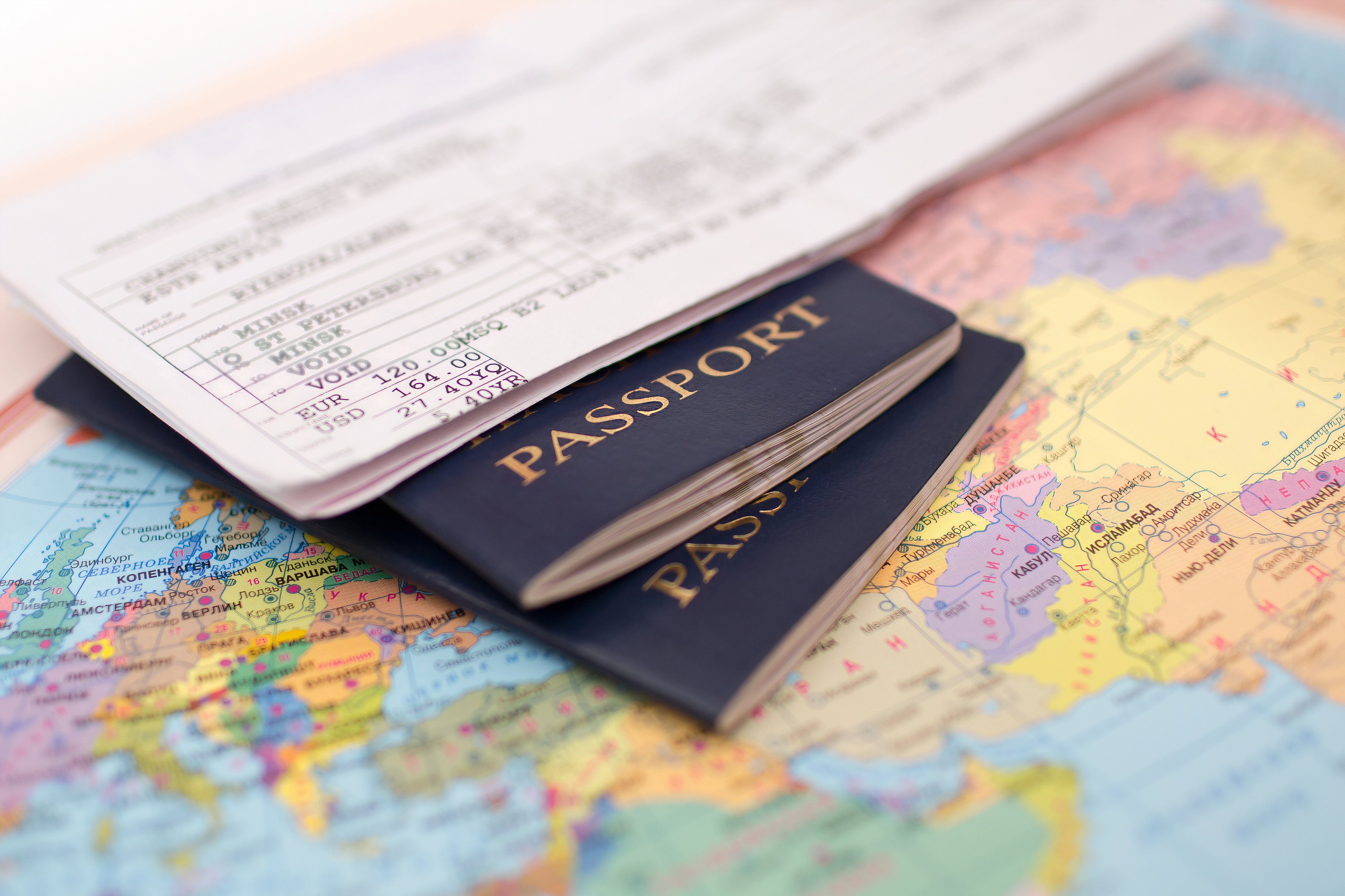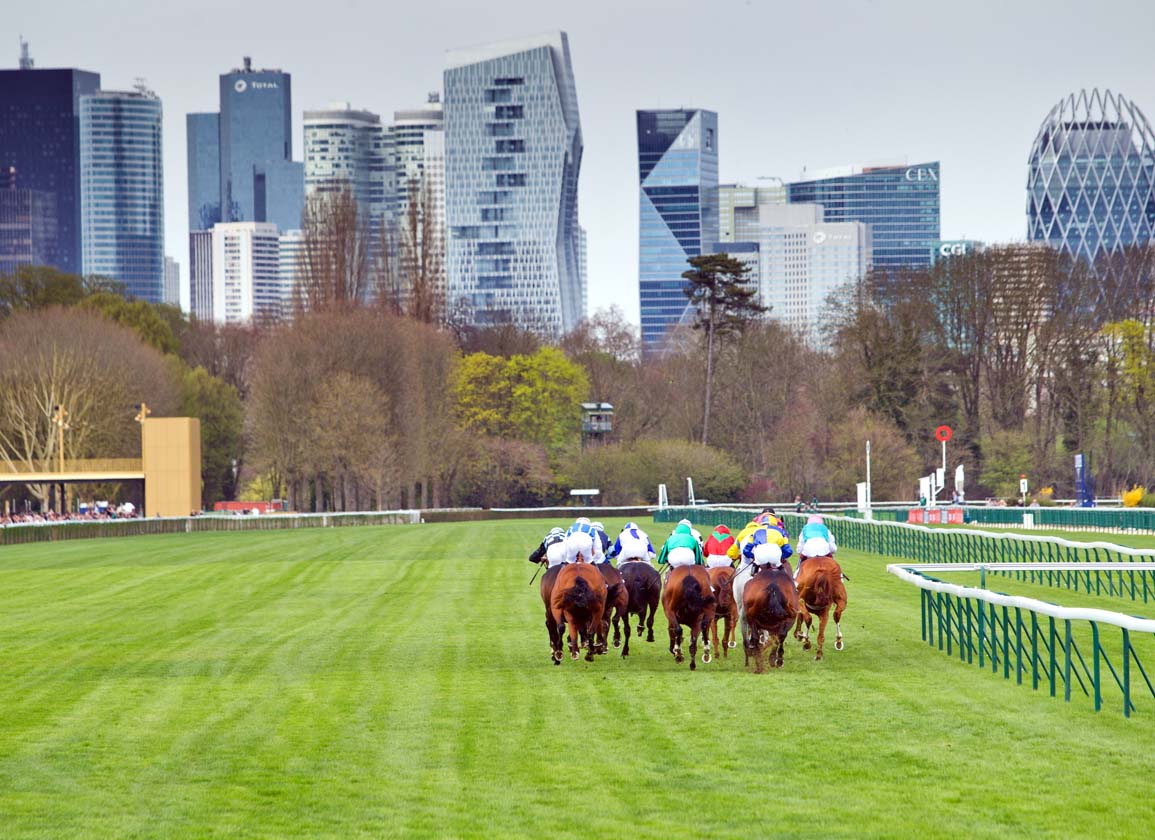Travel
The best of Europe’s Interrail routes

In an age where travel has become more accessible but often more expensive, would-be tourists are always hunting for ways to maximise their travelling experience.
One option comes to the fore for allowing tourists to see a large portion of Europe with greater freedom and without the environmental impact or monetary cost of dozens of flights.
Interrailing lets you hop on a train at St Pancras on Monday and be in Budapest within a week, taking in the continent’s great capitals – from Amsterdam to Prague – or the pearls of the Mediterranean in the form of northern Croatia and Italy.
Journey as far away as the Bulgarian capital if it takes your fancy, or take a deep dive into a single nation with a ‘One Country Pass’.
Read on for more information and some once-in-a-lifetime trip ideas.
What is an Interrail pass, and how do they work?
An Interrail pass is an ‘all-in-one’ ticket that allows you to travel on trains around Europe without having to buy separate tickets for each journey.
Global Passes offer access to several countries from €212 (£178). One Country Passes allow you to explore a single country in depth, with prices starting at €119 (£100).
Read more on Europe travel:
Passes allow travel either on every day within a given timeframe or on a flexible basis, for example on any 10 days within a given two-month period. Passes can be used by anyone who lives in Europe, with UK residents included.
Which countries are included in the passes?
According to the Interrail website, passes are valid in the following 33 countries:
Austria, Belgium, Bosnia-Herzegovina, Bulgaria, Croatia, Czech Republic, Denmark, Estonia, Finland, France, Germany, Great Britain, Greece, Hungary, Ireland, Italy, Latvia, Lithuania, Luxembourg, Montenegro, Netherlands, North Macedonia, Norway, Poland, Portugal, Romania, Serbia, Slovakia, Slovenia, Spain, Sweden, Switzerland, Turkey.
Are all trains included with my pass?
Passes are valid on all national railways, and some private railways, in participating countries.
Seat reservations are an important aspect of the pass, as your pass alone is not valid for travel on some trains – you must also have a seat reservation.
Reservations are often required in France, Spain and Germany, and are necessary on all night trains and most high-speed trains. Seat reservations come with an additional cost on top of your rail card, with prices ranging from €10 (£8.40) to €20 (£16.80).
If travelling from the UK, though you can board Eurostar trains to Paris, Amsterdam and Lille, each journey carries a reservation fee from €30 (£25).
Interrail Routes
European capitals odyssey
London – Paris – Brussels – Amsterdam – Berlin – Prague – Vienna – Budapest – Belgrade – Sofia
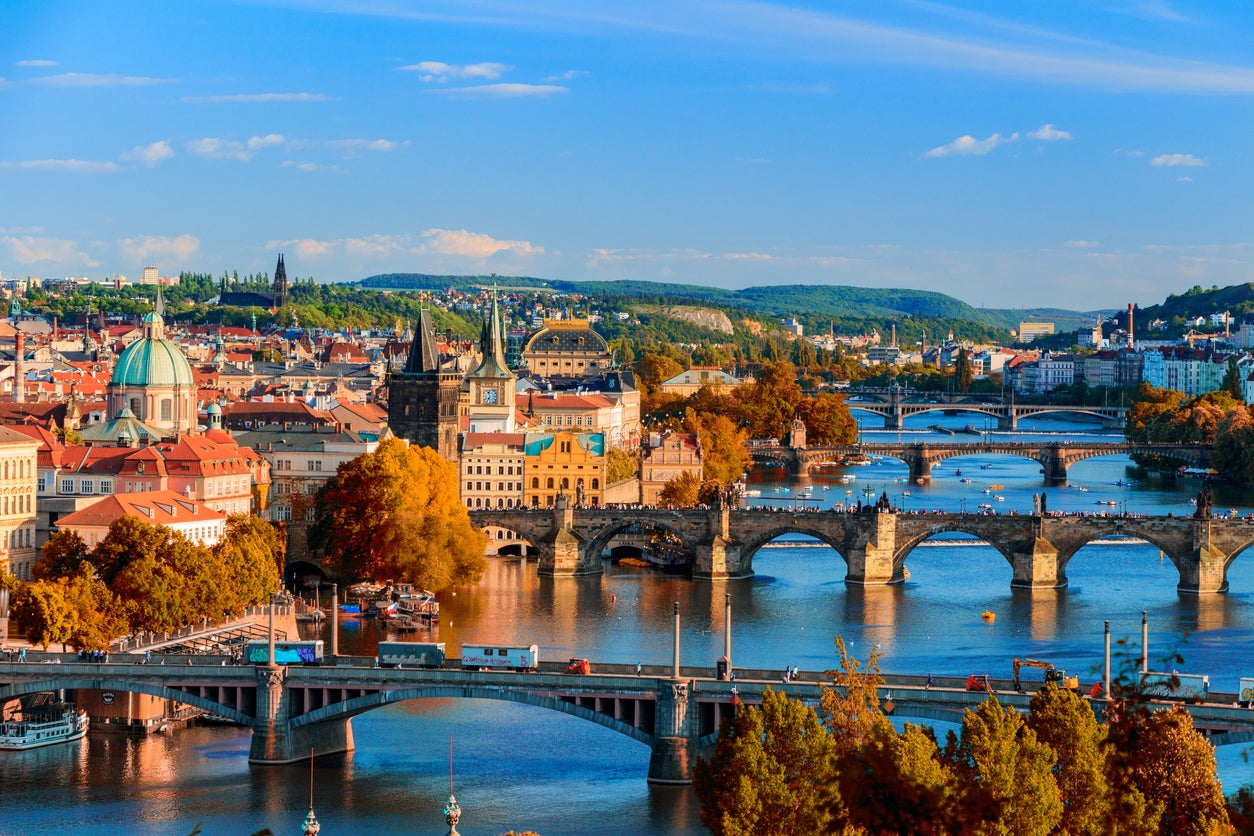
Take in everything from French cafe culture to centuries-old Bulgarian folk traditions on the ultimate Interrail journey. You’ll travel the length of Europe from London to Sofia, the Bulgarian capital. The route covers many of Europe’s foremost cities, taking in the famous architecture of Paris, the canals of Amsterdam, Berlin’s so-cool-it-hurts party scene and Budapest’s picturesque Danube setting.
Starting in London, you’ll board a Eurostar train to the City of Light. Move on first to Brussels and then Amsterdam, the charming Dutch capital. Berlin awaits you after a six-hour journey, before a series of shorter hops between Prague, Vienna and Budapest. The last two legs are the longest of the trip, with just over seven hours separating Budapest and Belgrade and eight between Sofia and the Serbian capital.
How to do it
Purchase the 10-day Global Flexi Pass for around £280. Extra reservations are needed on the London-Paris leg and the Paris-Brussels journey, from £25 each.
Mediterranean mini-break
Naples – Rome – Florence – Milan – Nice – Barcelona – Valencia – Madrid
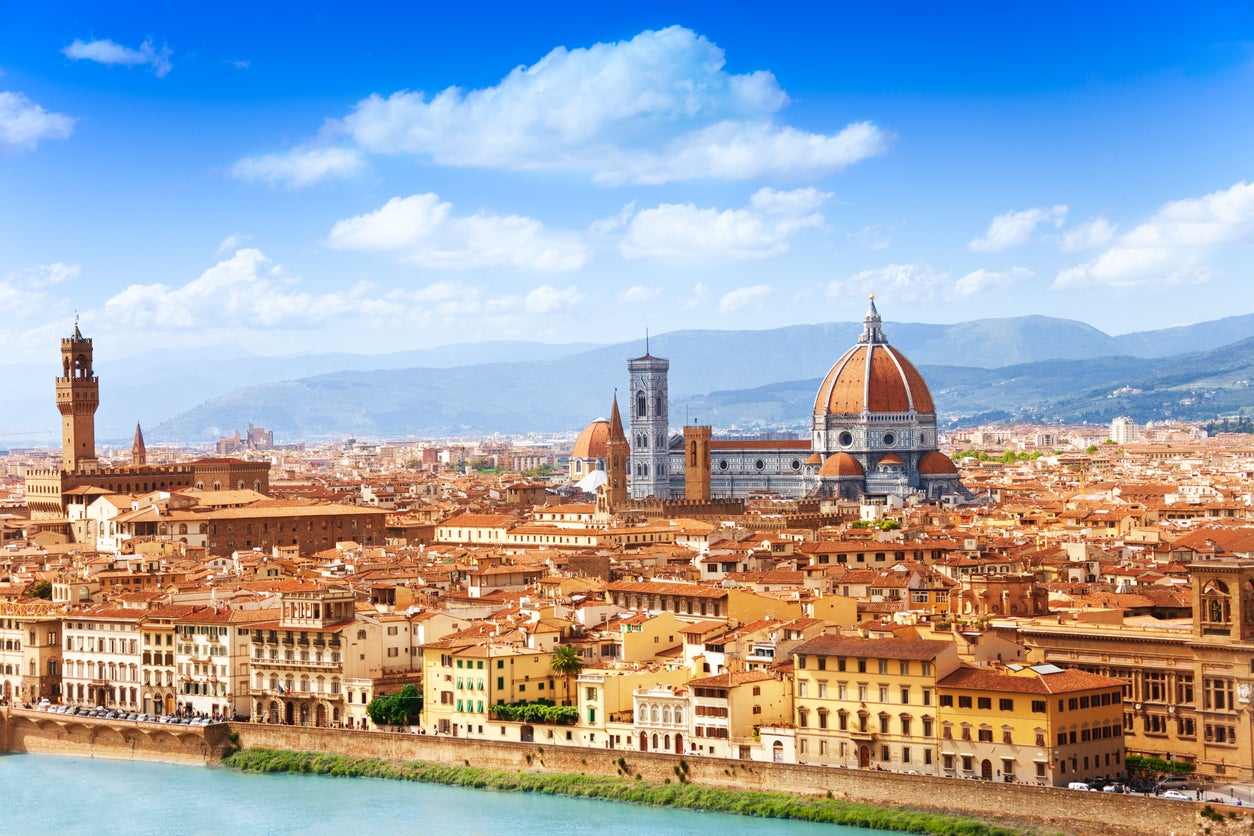
Fly to Naples for the beginning of this journey, stopping to enjoy a proper pizza before making your way to Rome. You’ll need at least a couple of days to cover the sights in the Italian capital, so book your journey to Florence for at least two days later.
Florence’s Renaissance past also demands more than a day to explore. The fashionable cities of Milan and Nice are next on your list, and from the French Riviera, you’ll come to Barcelona, Spain’s capital of cool. Head further down the eastern coast to Valencia after you’ve discovered the Catalan capital, and end your stay in Madrid, soaking up as much Spanish culture as possible before heading home.
How to do it
This journey requires a seven-day Global Pass, priced at £239. The pass is not valid between Nice and Montpellier – trains between these two are priced from £25 – but is valid from Montpellier (where you change trains) to Barcelona. Seat reservations are required between Barcelona and Valencia (from £6.90) and Valencia to Madrid (from £10).
Scandinavian sojourn
Copenhagen – Stockholm – Oslo
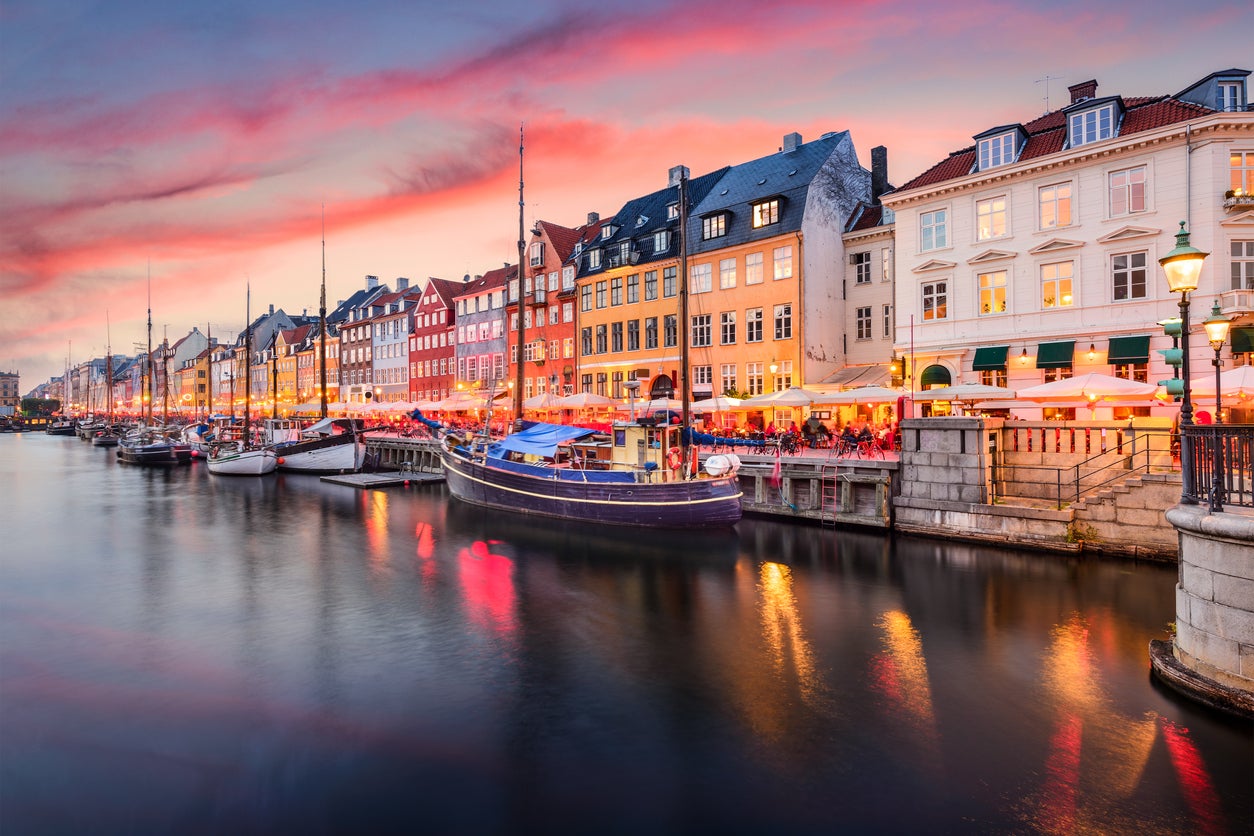
A Scandinavian interrail trip is a drawn-out one, with larger distances between the cities but more time to pack in everything you want to see. You’ll start in Copenhagen, the home of hygge: a “cosy, contented mood” evoked by the comfort of its candlelit restaurants and independent cafes. Explore the Tivoli Gardens for a theme park-esque enchanting green area, or head to Nyhavn in between a stroll of the canal and its colourful houses.
A five-hour train awaits to Stockholm, the Swedish capital and home of logam, another Scandinavian concept inadvertently adopted by Western Europe, which means “just the right amount”. Perhaps you’ll find the exact right amount of things to do, from the ABBA Museum to the country’s history museum or a stroll across its Old Town. Moving onto Oslo, you can discover a range of Viking and Norwegian history, whether through the capital’s museums or the imposing medieval Akershus Fortress.
How to do it
Buy a four-day pass for this trip – priced at £178 – to give you an extra day if you’d like to circle back to Copenhagen or add a visit to Gothenburg. Reservations are needed on both trains, starting at £7.85 and £4.30 respectively.
Eastern European excursion
Helsinki – Tallinn – Riga – Vilnius – Warsaw – Krakow – Budapest
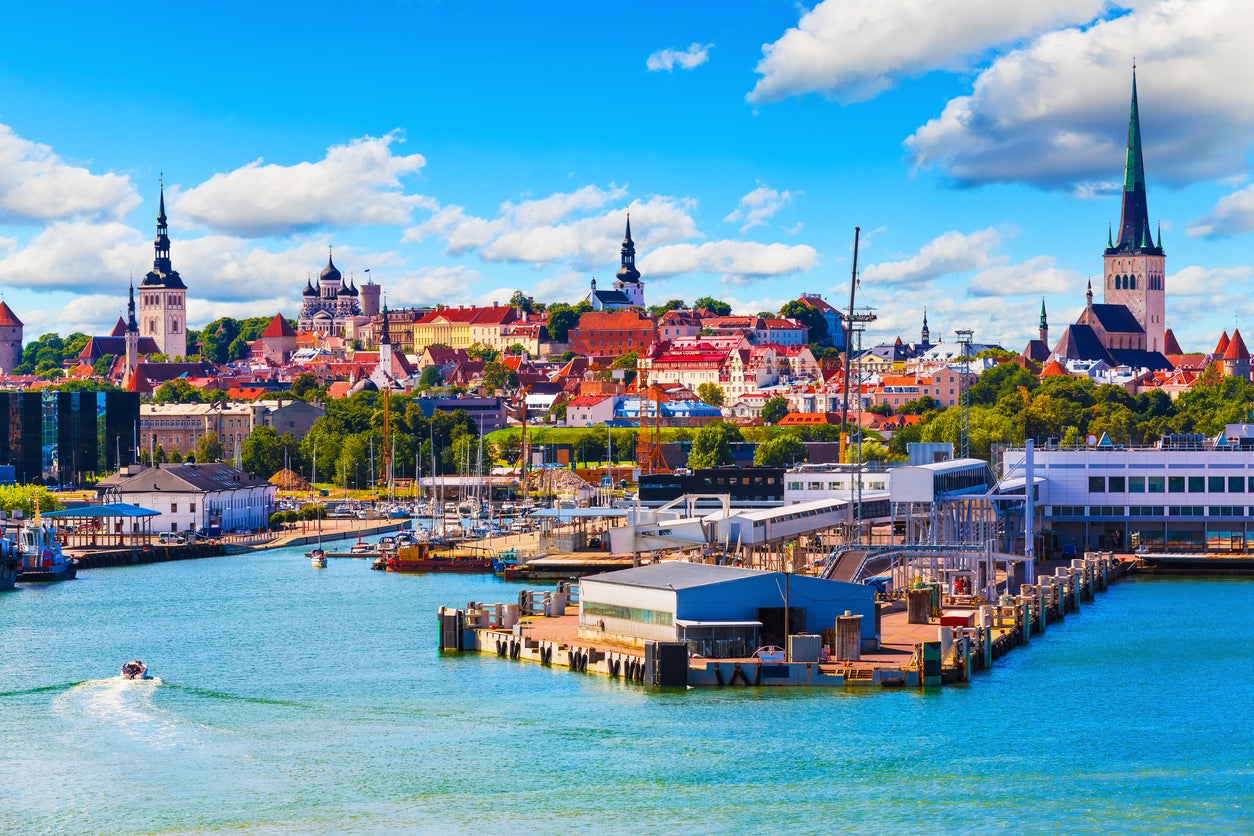
Explore this section of Eastern Europe if you’re after an off-the-beaten-track trip. To begin with, it brings you to the Finnish capital, a city of trendy neighbourhoods and offbeat museums and cafes, before a two-hour ferry to Tallinn, the up-and-coming Estonian capital that is a haven of classical architecture. The respective capitals of Latvia and Lithuania, Riga and Vilnius, are up next, both providing a surprisingly vibrant nightlife scene alongside their charming Old Towns.
The impressive Polish cities of Warsaw and Krakow lie towards the end of your trip, offering an enjoyable fusion of medieval architecture, historic sites, and quaint-but-lively bars and pubs, before you finish up in the busiest, most activity-filled city on the itinerary, Budapest. If you can muster the energy, take a river cruise in the evening to see the sights illuminated, and try to fit in a visit to the castle and Szechenyi baths.
How to do it
The seven-day pass, priced at £240, gives you a spare travel day if you need it. The ferry route from Helsinki to Tallinn needs to be booked separately, though pass holders receive a discount of between 20 and 50 per cent. Reservations are needed on some trains between Bialystok, Warsaw and Krakow (from £5).
The ‘classic’ route
Amsterdam – Berlin – Prague – Vienna – Budapest

Though it’s certainly a typical route for students and young travellers, it is well-trodden for good reason. Journeying between Amsterdam and Budapest lets you take in an eclectic selection of cities, from the classical grandeur of Vienna to the modernity of Berlin.
The Dutch capital is a relaxed place to start a trip due to its large parks and range of museums. The party really starts (if you want it to) with the famed nightlife of the German capital, though its plethora of landmarks and museums means it caters to all types of tourists. Prague blends medieval charm, historic landmarks and entertaining evenings, while Vienna is more on the relaxed side – think opera over jaeger bombs. Budapest can be whatever you make it, whether you prefer strolling the castle grounds or diving in and out of each ruin bar and party hostel.
How to do it
The four-day pass is best suited to this trip and is great value at £178. None of the trains require reservations, giving you the ultimate freedom to either plan ahead or take each day as it comes.
Germany and the Benelux
Brussels – Amsterdam – Berlin – Munich – Frankfurt – Luxembourg
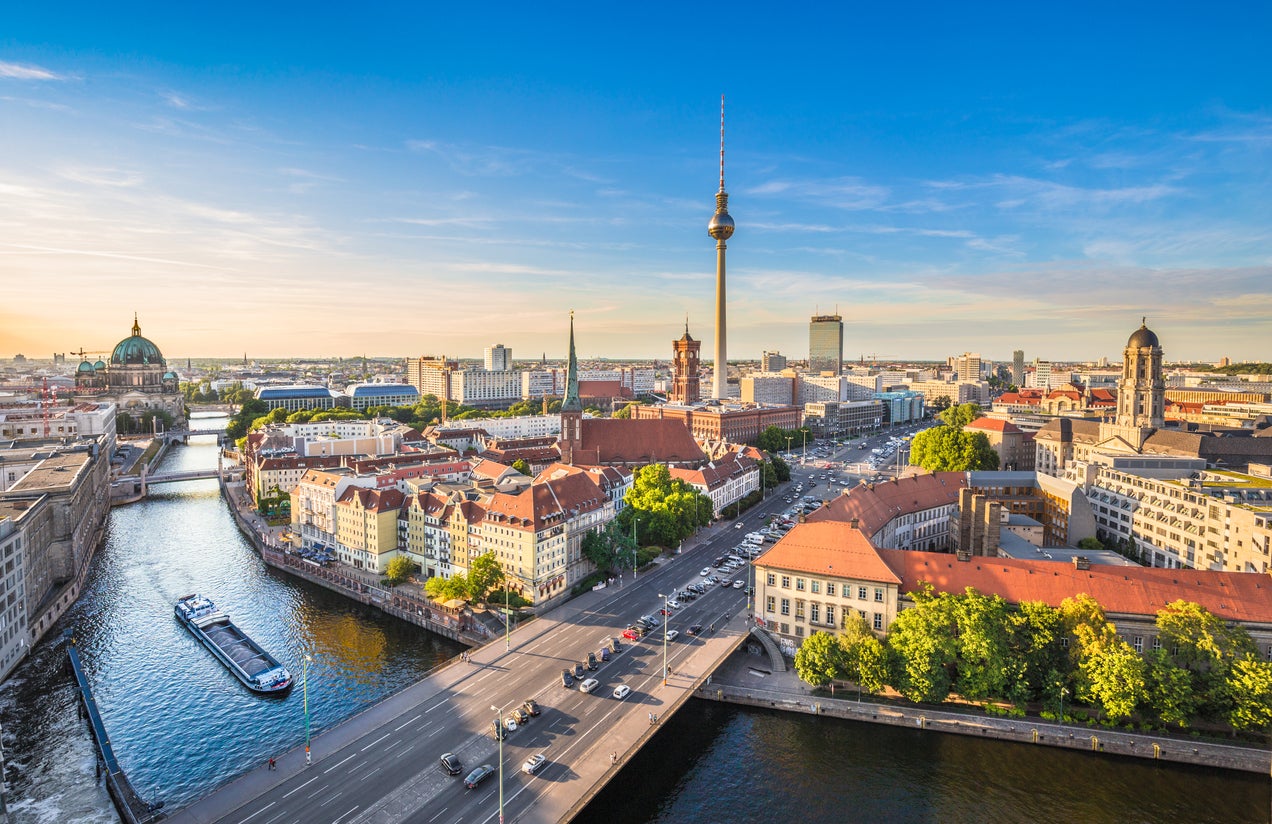
Here’s a route to cover a good portion of northern Europe and some much-loved cities. Your first stop will be Brussels, Belgium’s beer- and food-filled capital, centred around the elegant baroque buildings of Grand Place Square. The well-documented wonders of Amsterdam and Berlin follow, before a longer trip down to Munich.
This southern German city is awash with Bavarian tradition, from the heartiness of its cuisine to the ever-full, sun-drenched beer gardens and the magnificent Marienplatz, featuring the delightful Glockenspiel clock tower. Frankfurt, most well-known for its Old Town and extensive Christmas market, is the penultimate stop, before a quick break in Luxembourg, a small but attractive country built within the gorge of the Alzette River and featuring plenty of medieval buildings and ruins.
How to do it
A five-day pass, priced at £200, is the best option here. Reservations are occasionally required on trains between Brussels and Amsterdam.
Split to Switzerland
Split – Zagreb – Ljubljana – Venice – Milan – Bern
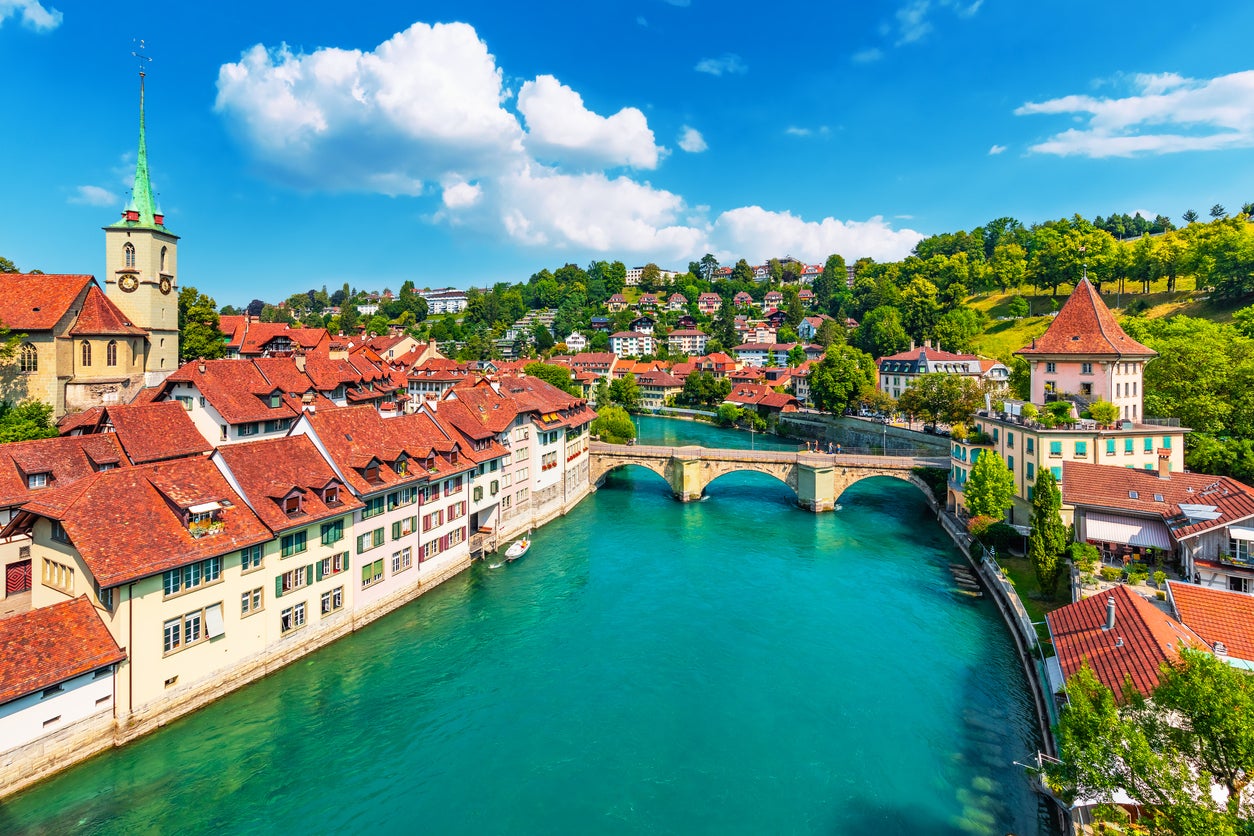
Combine four of Europe’s most beautiful countries with a trip between Croatia and Switzerland. Take in scenic coast, riverside cities and three capitals as you journey the 1,300km from Split, in northern Croatia, to the Swiss capital of Bern.
Go island-hopping around Croatia – to Hvar, Brac and Korcula if you have the time – before taking a train up to Zagreb. Next up is Ljubljana, the increasingly popular Slovenian capital, with a fantastic Old Town and plenty of opportunities for drinks by the river. Then follows perhaps the highlight of the trip: Venice, and its enchanting atmosphere created by the vast lagoon, mazy streets and canals.
The last two legs of the trip offer something different, with the glitzy fashion capital of Milan juxtaposed with Bern’s peaceful air and manageable size. While wonderful medieval architecture is present in both, Bern’s setting around the arch of the Aare River makes it one of Europe’s most striking cities.
How to do it
A five-day pass (£200) will cover you for this itinerary, but you may want to consider the seven-day option (£240) so that you can add on trips to Bled or Trieste. Reservations are occasionally required on every leg of this route.
Read more: The best hotels in Europe – where to stay for a city, beach or retreat break









